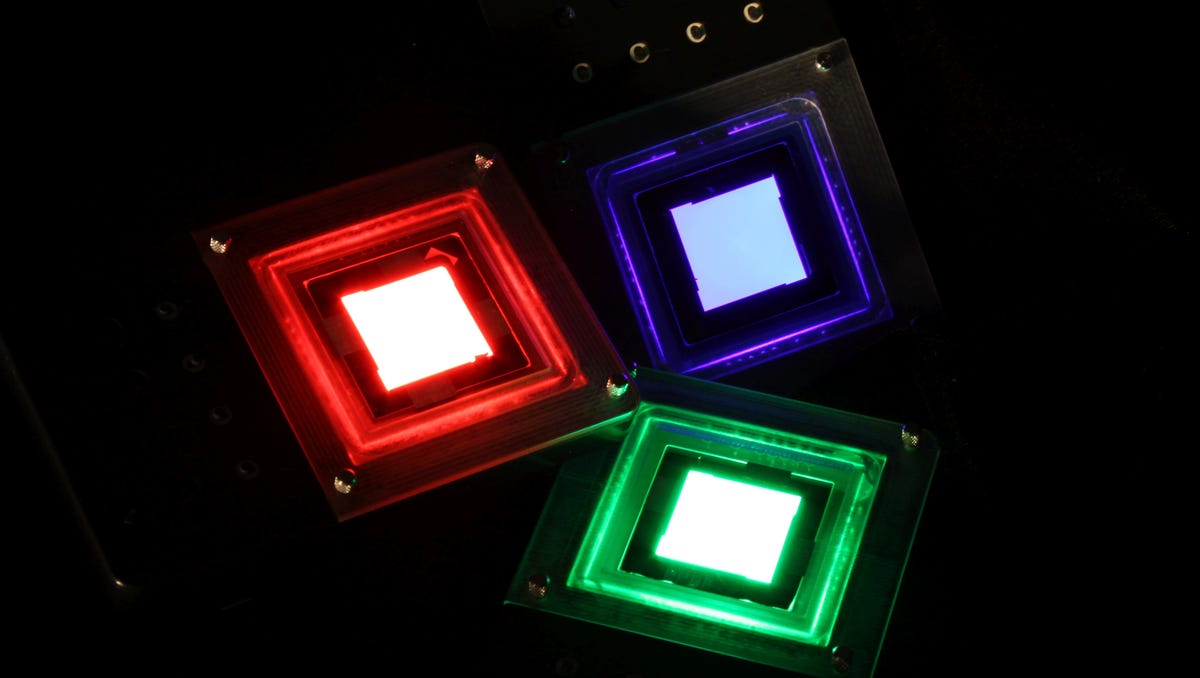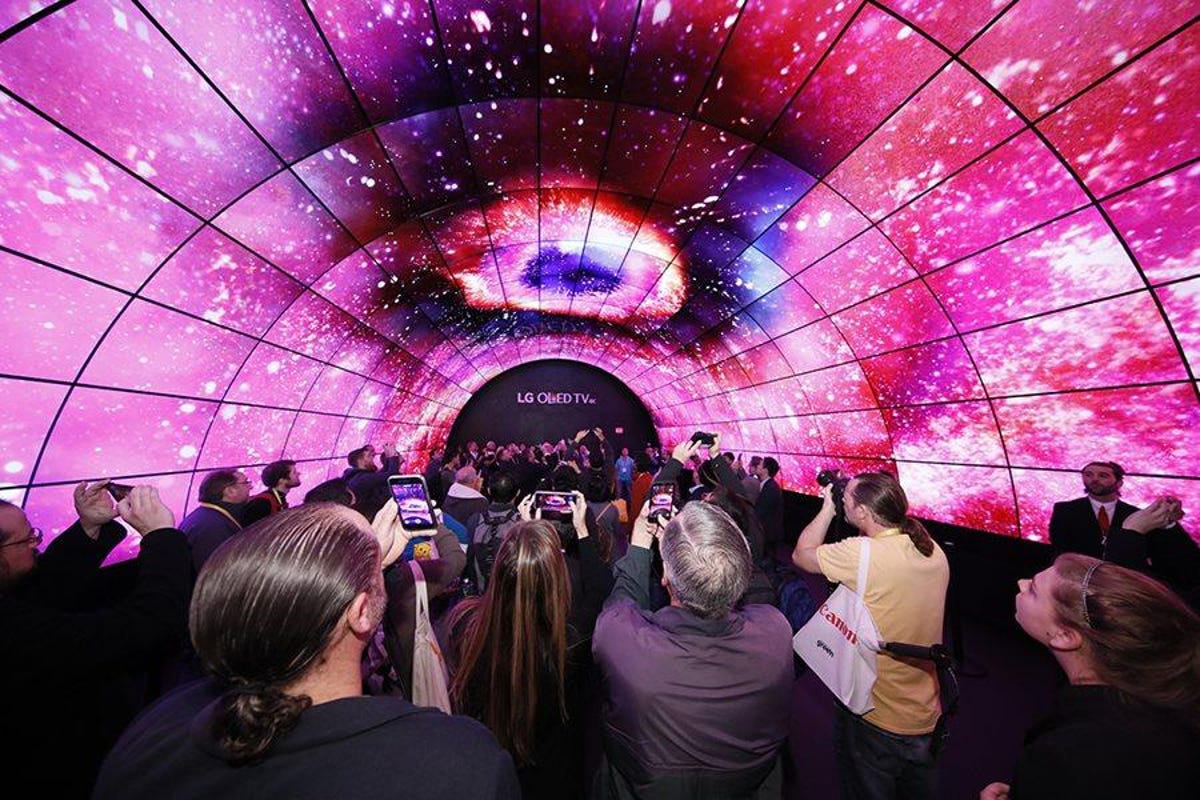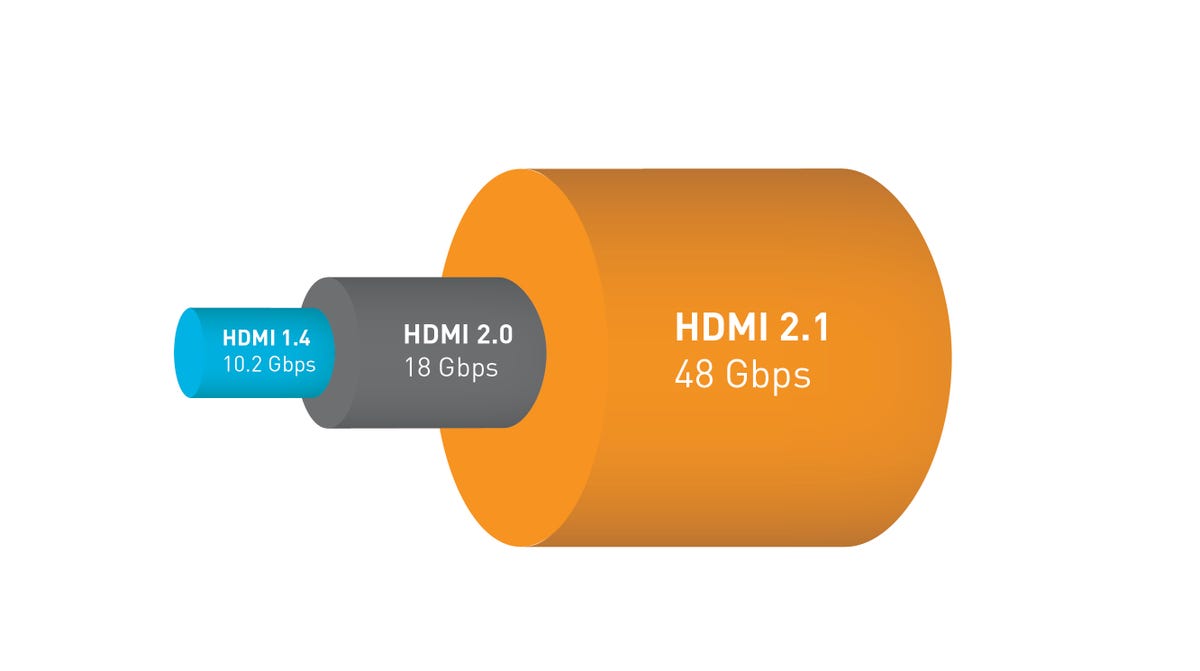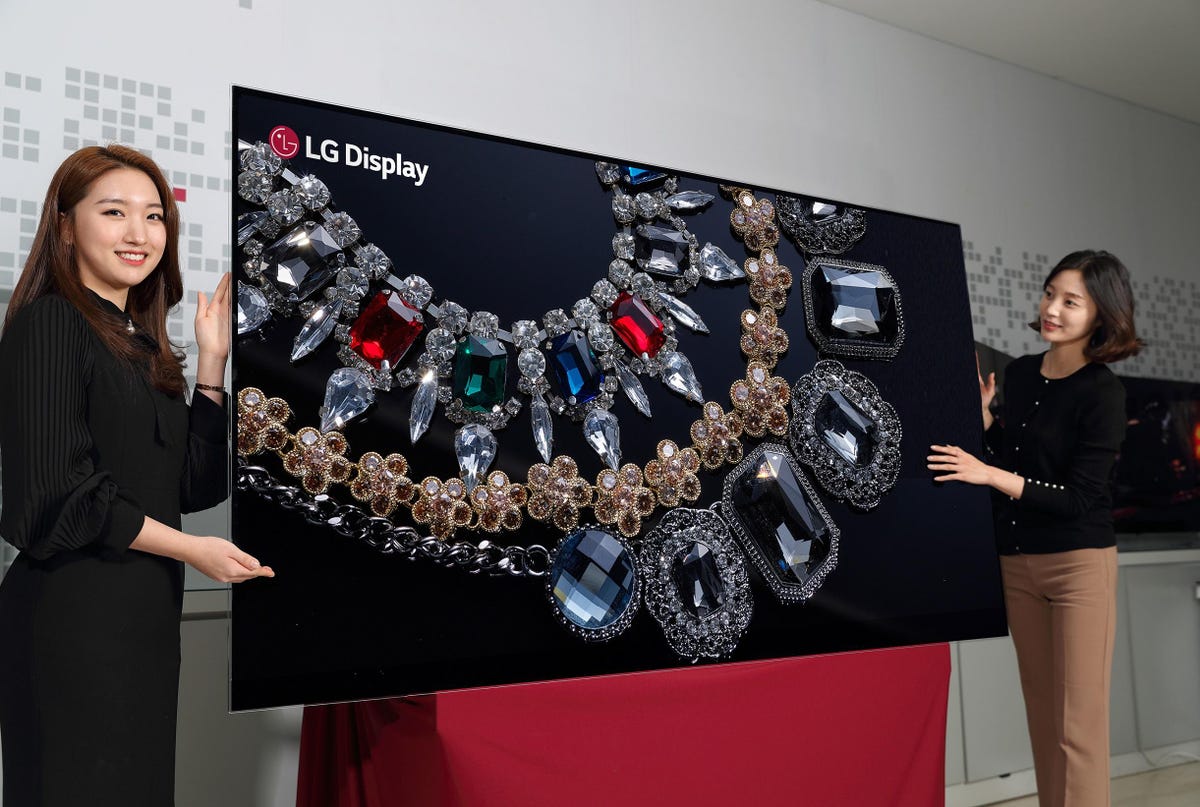This year’s CES trade show is just around the corner. It’s when most of the big names in electronics show off their wares for 2018 and beyond: Bigger and bigger TVs, Bluetooth speakers, headphones, cameras, and countless other gadgets are bound to wow and amaze.
It’s rare that big companies take risks, despite what we in the press and you at home may want. I mean, we all wanted OLED ages ago, and we only got it at affordable prices in the last couple of years.
So here’s a list of TV tech we almost certainly won’t see at CES this year, but it’d be a lot cooler if we did.
Direct-view quantum dot (‘true’ QLED)
Quantum dots are cool. They’re one of the ways TVs can create such a wide range of colors, way more than ever before. Unfortunately with the current implementation of quantum dots, for example in Samsung’s QLED TVs, the dots are just augmentations of standard LED LCD technology.
It would be amazing to see a true direct-view quantum dot display at CES. In such a TV, the quantum dots create all the light and comprise the individual pixels themselves. Right now QDs only create the color, while an LCD is still used to change the brightness to create the pixels and image you see.


Quantum dots in action.
QDVision
Quantum dots need something to energize them to create light. Right now this is commonly done with blue LEDs (to create blue light and energize green and red QDs for the other primary colors). A direct-view QD could potentially use OLED as a photon source, with the QDs creating the color. Such a hybrid design would be able to take the best of both worlds: the perfect black levels and infinite contrast of OLED combined with the superior color of quantum dots.
I doubt we’re there yet, but maybe someday.
What will we see instead? More LCD TVs adding quantum dots.
240Hz 4K TVs
One of the “lost” techs from the HD era is 240Hz LCD TVs. It may surprise you to learn that there are currently no 240Hz 4K TVs. High refresh rates are a way to minimize the motion blur inherent in all LCDs and the current implementations of OLED. Jumping from the normal 60Hz to 120Hz offers a noticeable decrease in motion blur. Going from 120 to 240 is less so, but it can still be an improvement. Even from just a marketing standpoint, it’s surprising no company has done this.


Now playing:
Watch this:
The huge TV screens of CES 2018 are coming for you! (The…
4:13
Perhaps it’s because they’ve all muddied the waters so much that, with all the marketing obfuscation involved, most people have no idea that most TVs aren’t even 120Hz.
Largely this has been a question of processing power, with the creation of additional 4K video frames requiring a fair bit of horsepower. Doable, of course, but at a cost. With TVs getting cheaper every year, that’s not a big draw for manufacturers, especially when they’re getting most of the “high frame-rate” mileage by just saying their 60Hz TV is MotionMagic240 or whatever.
But still, it’d be an interesting evolution.
What will we see instead? More nonsense marketing about “higher frame rates.”


LG’s OLED tunnel from last year’s CES.
CTA/LG
High frame-rate TVs (via HDMI 2.1)
Along the same lines is HFR, or high frame rate. One of HDMI 2.1‘s headline features is the ability to transmit extremely high resolution, and high frame rate, video. Up to now, nearly everything you watched was either 24, 30, or occasionally 60 frames per second. Your TV (some TVs anyway) converts this to whatever frame rate it needs. Usually 60, occasionally 120 and very rarely 240.
What you can’t do, except in rare cases, is actually send your TV that high frame-rate signal. Largely this is because the vast majority of people have no need for it. After all, the only source that could crank out a 120Hz signal is a beefy computer. For games it could be great though.
LG has already said that its 2018 OLED TVs will be HFR-capable, but since they lack HDMI 2.1, the only way they can receive HFR content is via streaming or broadcast TV, not HDMI. That means future HFR game consoles, PCs or Blu-ray players won’t be able to send those OLEDs HFR content.


A visual representation of how much more bandwidth the upcoming Ultra High Speed cables can handle. 18Gbps is plenty for nearly all current content.
HDMI Forum
As HDMI 2.1 rolls out, it’s possible some TVs will handle a 4K/120 source, but don’t expect it to be a headline feature. Maybe just something you can find in the owner’s manual.
What will we see instead? Probably some mention of HDMI 2.1, but likely only in higher-end models, and on one or two of their HDMI inputs.
Real 8K TVs
Oh we’ll see 8K TVs. That’s for sure. They just won’t be real TVs. Prototypes, at best.
Now, I don’t see any need for 8K TVs (other uses, sure), but have no doubt we’ll have 8K TVs someday. It’d be seriously impressive if a company announced at the show “here’s our new 8K TV, it’s available on Amazon next week.” That’s not going to happen.


LG’s 88-inch 8K prototype.
LG
With Tokyo getting the Olympics in 2020, I have no doubt something like this will happen at CES 2019. This year, maybe just a mention or a prototype.
What will we see instead? How about this question: At CES this year will any major TV company announce a 1080p TV, or even a line that includes a 1080p model?
Related on CNET
- Why 4K isn’t enough: The case for higher resolutions
- HDMI 2.1 is here, but don’t worry about it now
- Are TVs really cheaper than ever? We go back a few decades to see
- Fake refresh rates: Is your TV really 120Hz?
Better VR
Not exactly a TV tech, but certainly related. I was one of the first people to cover Oculus, and I was blown away. I reviewed the shipping product, and was impressed, but perhaps a bit disappointed given the length of development between the two.
I’ve been hoping for a new model from them, or HTC, or even a new competitor, ideally with a bigger and/or higher resolution screen — but nothing so far. I doubt we’ll see that at CES, but it’d be neat.
What will we see instead? More AR (Augmented Reality), and perhaps more inexpensive VR headsets for photos and videos, but none of the insanity of a few years ago.
One thing we’ll definitely see
Cheaper OLED. After years and years and, wow, well over a decade of promises and wishes and dreams, OLED TVs many people can actually afford are finally here. LG, as expected, slashed prices of its 2017 models in time for Christmas, making them some of the cheapest high-performing TVs in history. The 2018 models will probably be even be cheaper once the 2018 holidays roll around.
What could really drive down prices, however, is competition. I’d really like to see new OLED manufacturers beyond LG and Sony in the US, which would be huge. Will they be any good, or even for sale in 2018? I guess we’ll find out.
For all the latest news from the show, check out CNET’s CES 2018 coverage.
Got a question for Geoff? First, check out all the other articles he’s written on topics like why all HDMI cables are the same, TV resolutions explained, LED LCD vs. OLED and more. Still have a question? Tweet at him @TechWriterGeoff then check out his travel photography on Instagram. He also thinks you should check out his best-selling sci-fi novel and its sequel.




